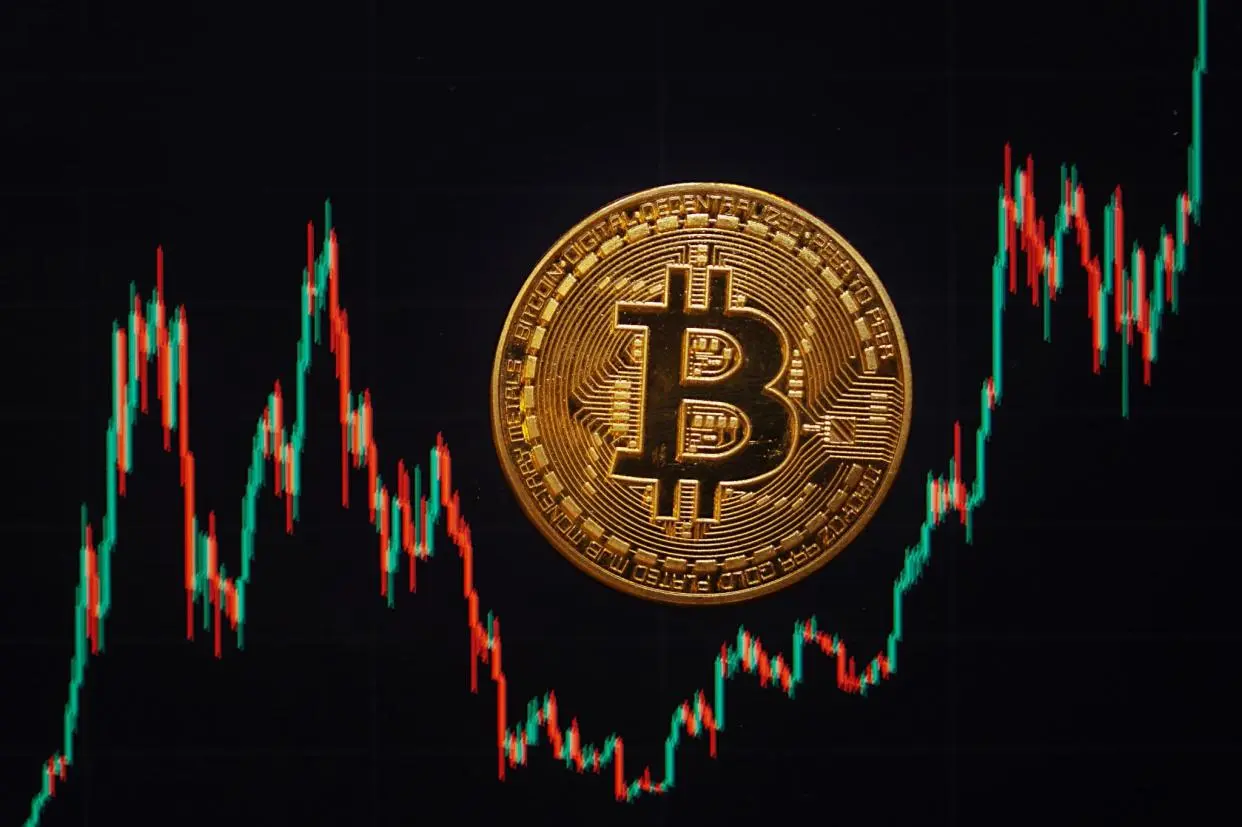Amid growing geopolitical tensions in trade and policy uncertainty, Goldman Sachs has adjusted its estimate of U.S. recession probability for the next twelve months from 20% to 35%. Recent concerns regarding the economic impact of the new tariffs and the further possible adjustments in policies feed into this upgrade.
A number of major factors have led to this revised perspective. Uncertainty about trade policy has grown following the U.S. government’s revelation of new tariffs. The expected further trade action, to be outlined on April 2, is fueling market volatility and economic anxiety.
Besides, a drop in business investments and consumer expenditures has shown more convincingly that economic uncertainty is restraining activities. This larger change has to do with the way people are pondering the sustainability of economic growth in the U.S. against a background of rising friction due to policy endeavors.
At the same time, inflationary threats have increased. Tariffs themselves will tend to increase the price of imported products, creating inflationary effects. Goldman Sachs estimates core Personal Consumption Expenditures (PCE) inflation will be near 3.5% at the end of 2025, exceeding that of the Fed target. Such a mechanism might lead to monetary policy changes as the Fed tries to balance curbing inflation and stimulating economic growth.
Financial markets have responded with greater volatility. Large indices, such as the S&P 500 and Nasdaq, have fallen significantly on increasing investor jitters regarding a potential all-out trade war. Conversely, sovereign bonds and gold have been more popular as a haven as investors opt for shelter in a foggy situation.
The broader economic outlook reflects this caution. Goldman Sachs has downgraded its forecast for U.S. GDP growth in 2025 to 1.0%, signaling slower economic expansion influenced by reduced investment and persistent trade disruptions. This more conservative growth projection also raises concerns about potential impacts on the labor market. Businesses facing rising costs and economic ambiguity may temper their hiring plans, potentially curbing job creation and wage growth.
Also, higher inflation projections could compel the Federal Reserve to switch to a more aggressive policy platform. Finding that equilibrium between constraining inflation and bolstering growth will be the paramount challenge when the Fed grapples with this intricate arena.
In summary, Goldman Sachs’ revised recession probability highlights the complex relationship between trade policy and economic performance. As events remain in flux, close monitoring of policy changes, inflation readings, and market cues will be crucial. Companies and investors alike will need to be nimble to respond to a changing economic landscape underpinned by global uncertainty and domestic stress.




